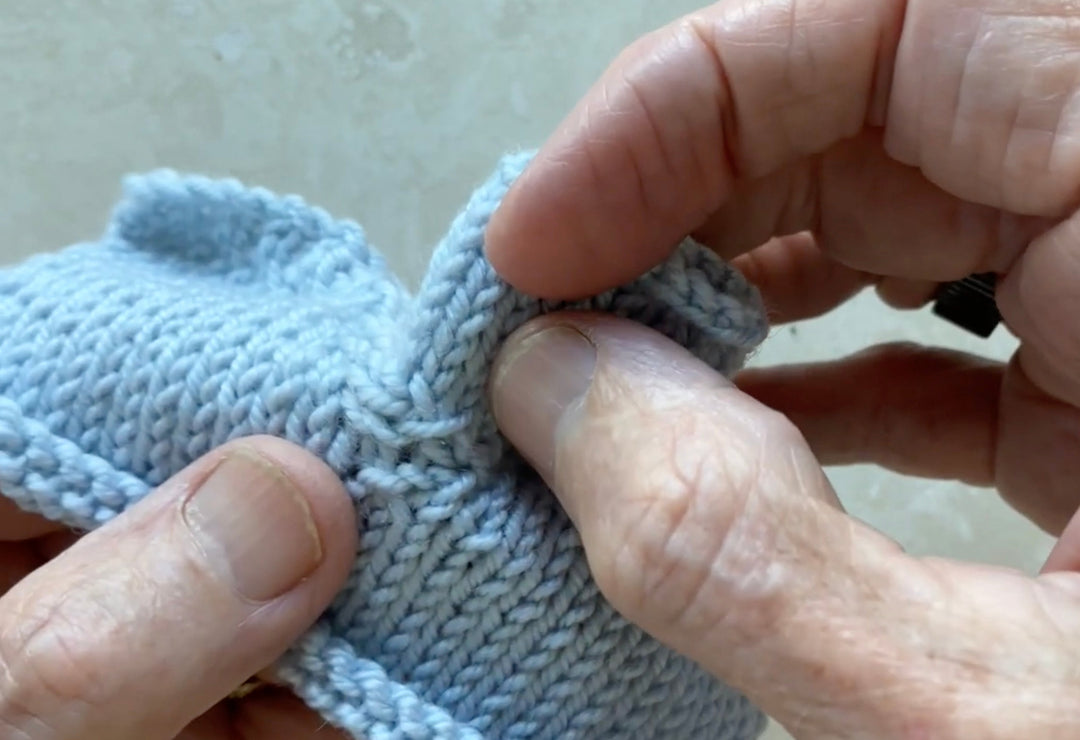Christmas on the American Frontier

After designing a “Daniel Boone-style coonskin cap” for little guys, I began to wonder about Christmas in the days of the American frontier. So, I went searching and was rewarded with a summary of excerpts from the writings of fur traders, pioneers and visitors. I’m inspired to share these brief notes from the December, 1935 issue of Minnesota History, which provide glimpses of how Christmas was celebrated over a 50-year period as the region evolved from fur trading outposts to budding new communities.
I “gave my men seven quarts of brandy on Christmas, 1793, and again on New Year’s, 1794.” — John McKay, fur trader in charge of a Hudson’s Bay Company Post
A Christmas ball where the “main point to which the dancers’ efforts seemed to tend, was to get the largest amount of exercise out of every muscle in the frame.” The dancing was done to the music of “one vile, unvarying tune upon a worse old fiddle with a brilliant accompaniment upon a large tin pan." — French Canadian Voyageur (transporter of furs by canoe)
“At day break there were “Three rounds by the French inhabitants of the Post with their usual compliments of the Season.” “Indians both men and women called at 11 o’clock in considerable numbers to shake hands. I had of course to undergo various salutations on the cheek from many old as well as young women—a custom derived from our Canadian population—not a very agreeable one” — Major Lawrence Taliaferro, Indian Agent, Fort Snelling, 1827
Among the dishes served were “wild goose, venison and coon. The menu included also five kinds of cake, three kinds of pie, and doughnuts fried in coon grease." — Christmas dinner at Wabasha Prairie, 1852
“Christmas of 1861 was an especially thrilling one…a pink calico apron, a stick of striped candy, an apple, and a doll about seven inches long, with china head, hands and feet.” The doll was the first and only one she ever had. — Recollection of a pioneer woman near Le Sueur, Minnesota
Her host served “an elegant supper,” and though Mrs. Abbe did not consider the party “quite as elegant as some of our St Paul affairs of the kind it was not to be despised.” In the evening they all attended a party at Fort Ripley, where there was a Christmas tree, and where she received a “very pretty embroidered cushion” and her husband “came into possession of a watch case with a mouse in it.” — Mr. and Mrs. Samuel B. Abbe, Fort Ripley, 1860
“There was no Christmas tree, for fir trees are not yet planted in this part of Minnesota, but two candles stood on the white table and round these were placed a multitude of Christmas cakes in various shapes made by the housewife and such small presents as these pioneers were able to afford. The gifts were neither costly nor tasteful, they were gifts and that was all that was necessary. On the wooden horse I had brought, the little three-year-old galloped over the hard-packed dirt floor of the sod house with as much joy and happiness undoubtedly as the pampered child upon one polished and upholstered.” — Hugo Nisbeth, Swedish traveler visiting Minnesota, 1872







